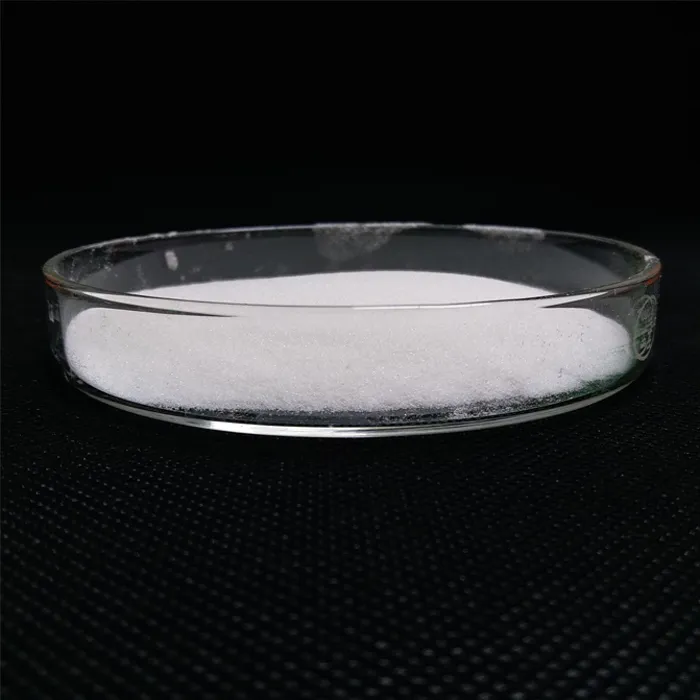The Impact of PEA and PQQ on Human Health
In the realm of nutritional science and wellness, the exploration of various compounds and their effects on human health has gained significant attention over the years. Among these, two notable compounds, PEA (Palmitoylethanolamide) and PQQ (Pyrroloquinoline Quinone), have emerged as potential health boosters worth investigating.
Understanding PEA
Palmitoylethanolamide, commonly known as PEA, is a naturally occurring fatty acid amide. It belongs to the endocannabinoid family, which plays a crucial role in regulating various physiological processes. PEA is synthesized in the body and is involved in pain modulation, inflammation control, and neuroprotection. Numerous studies have shown that PEA can help alleviate chronic pain conditions, making it a promising candidate for alternative pain management therapies.
Research indicates that PEA interacts with the endocannabinoid system, specifically the CB2 receptors, which are primarily associated with the modulation of immune responses. This interaction may explain its anti-inflammatory properties, potentially benefiting individuals suffering from conditions like arthritis or neuropathic pain. Moreover, PEA has shown potential in enhancing the overall quality of life for people dealing with chronic illnesses by improving mood and reducing anxiety.
Delving into PQQ
Pyrroloquinoline Quinone, or PQQ, is a small quinone molecule that serves as a cofactor for certain enzymes. Unlike PEA, it is not produced in significant amounts in the human body and is primarily obtained through dietary sources such as fermented foods, green tea, and certain fruits and vegetables. PQQ is known for its role in cellular energy metabolism and has been extensively studied for its antioxidant properties.
pea pqq

One of the most intriguing aspects of PQQ is its ability to promote the growth of new mitochondria in cells—a process known as mitochondrial biogenesis. Mitochondria are often referred to as the powerhouses of the cell, producing energy necessary for cellular functions. Enhancing mitochondrial function can lead to improved energy levels and overall cellular efficiency, which is particularly beneficial as people age and mitochondrial function naturally declines.
Moreover, PQQ has shown promise in protecting brain health. Research suggests that PQQ may contribute to cognitive function improvements, memory enhancement, and neuroprotection against oxidative stress. This positions PQQ as a potential ally in the fight against neurodegenerative diseases, including Alzheimer’s and Parkinson’s disease.
Synergistic Effects of PEA and PQQ
While PEA and PQQ have distinct benefits, emerging research suggests that they may work synergistically. For instance, both compounds exhibit anti-inflammatory properties, which can be particularly advantageous when managing conditions characterized by chronic inflammation. Additionally, their combined effects on enhancing mitochondrial function could lead to greater overall energy and vitality.
In a society increasingly focused on maintaining health and preventing disease, the role of PEA and PQQ in supplementation regimens is becoming more relevant. Their natural origins and broad spectrum of benefits make them appealing alternatives to pharmaceutical solutions, particularly for individuals seeking holistic approaches to health.
Conclusion
As we continue to uncover the complexities of human health, the compounds PEA and PQQ stand out for their potential roles in pain management, inflammation control, and brain health. While further research is needed to establish comprehensive guidelines for their use, the existing studies offer a promising glimpse into how these compounds could enhance our daily lives. Incorporating foods rich in these substances or considering supplementation may be a worthwhile endeavor for those seeking to improve their health and well-being. As always, it is wise to consult with healthcare professionals before making any significant changes to your health regime.

